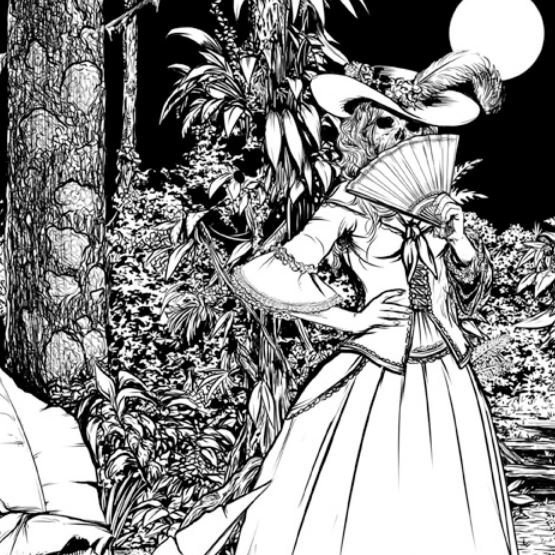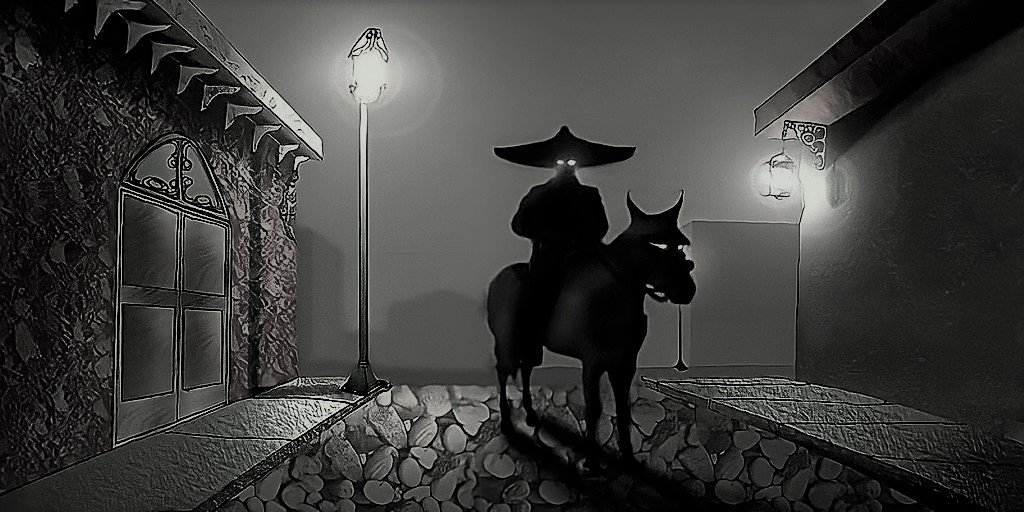The Monster of Cinkota
Monsters are thought to be vile creatures who come out at night, preying on the unlucky few who cross their paths. They cause destruction and ingrain fear in those they hunt. Often the stories of these monsters are told to teach a moral lesson or enforce a cultural belief. Vampires, werewolves, ogres, and minotaurs are the stuff of legends but the real monsters are much more terrifying.
History has shown the real monsters can be our seemingly banal neighbors, unassuming craftsmen, and friendly shop owners and they don’t always wait for the night, they hide in plain sight.
Part 1 - Till Death Do They Part
Bela Kiss
In the early 1900s the reportedly handsome blue-eyed, blonde-haired, Bela Kiss and his wife, Marie, moved into a new home in the small town of Cinkota, Hungary several miles outside of Budapest.
To their surrounding neighbors, the couple was a welcomed addition to the town. Bela, in particular, was thought to be rather charming and intelligent, though he was a tinsmith by trade he was well-versed in literature, art, history, and had an interest in astrology. Unbeknownst to his neighbors he also had an interest in the occult and other gruesome practices.
Parting
All seemed peaceful with the couple until February of 1912 when Bela discovered his wife was cheating on him with a man by the name of Paul Bikari. Unfortunately in small towns, gossip travels quickly and many neighbors took pity on Bela expressing even more sympathy when Marie left the town with her lover later in the year.
But instead of sulking Bela hired the elderly Mrs. Jakubec as a housekeeper, took out ads in the Budapest newspaper in an effort to meet women, and threw parties in the local hotel.
It was during these parties Bela would warn the residents of a possible gasoline shortage due to the impending war. He recommended they start stockpiling gasoline in large metal drums as he had begun doing outside of his home.
Over the course of the next two years, the newly eligible bachelor Bela would be seen with multiple women entering his home. The women were usually from a higher class and wealth and reportedly didn’t have many relatives or in some cases no relatives in the area.
His neighbors and his housekeeper would think nothing of Bela’s frequent guests, many assumed he was embracing his single status and attempting to move on from Marie.
Meanwhile, in nearby Budapest, several women had been reported missing. Police didn’t have much to go on except the women were last known to have been corresponding and planning to meet with a man by the name of Hoffmann who couldn’t be found. With war looming and no other leads, the police had no other choice but to put the investigation on hold.
The War Calls
In November of 1914, Bela’s fun was put to an end when the war he had warned the rest of the town about, came to fruition and he, himself, was drafted into military service leaving the home in the care of Mrs. Jakubec.
It wasn’t long after several rumors reached Cinkota telling of Bela’s death while on the front lines, other rumors said he was a prisoner of war but the name Bela Kiss at the time was common and nothing could be confirmed.
In June of 1916, soldiers arrived in Cinkota looking for possible storages of gasoline to help with the war effort. The constable remembered Bela telling him of his supply and brought the soldiers to his home.
Bela’s Secrets
Although Mrs. Jakubec at first refused to let the men in as she was put in charge of protecting Bela’s belongings, she eventually relented and brought the men to the cellar where Bela kept seven large metal drums.
In order to ensure the contents were gasoline, the constable took a large metal spike and poked a hole in one of the drum lids. Instead of gasoline, a strong putrid smell escaped the drum nauseating the men, a smell they recognized as death.
The constable immediately called Detective Nagy, the Detective Chief of the Budapest Police to investigate. He arrived with two other detectives and with clothes wrapped around their noses and mouths they pried the metal drum open.
Inside the gruesome sight of a partially rotted woman with long black hair stared back at them. The drum contained the rope used to strangle the woman and enough alcohol to preserve some of the body.
Terror seeped into the detectives as they looked over at the other six unopened metal drums.
Part 2 - Investigation & Manhunt
The remaining drums revealed six more bodies. All naked and strangled like the first. Detective Nagy first telegrammed the military to arrest Bela Kiss if he wasn’t already dead and then he turned his attention to Mrs. Jakubec, arresting her unsure of whether to believe her claims of innocence.
Although she was later cleared of being an accomplice, through questioning, Mrs. Jakubec revealed she remembered when the metal drums were delivered and, to Detective Nagy’s horrific shock, she claimed there to have been more than just seven. The detectives searched the countryside around the home and discovered another 17 buried drums, each containing another body.
In total twenty-four bodies had been found, including that of Marie Kiss and her lover Paul Bikari. The bodies had apparently been strangled to death and then drained of their blood before being stuffed in the metal drums. The detectives were unable to determine what Bela did with the blood of his victims but the act gave Bela Kiss another nickname, the Vampire of Cinkota.
Hidden Rooms and Hobbies
Mrs. Jakubec also led the detectives to a hidden room in the home where she was instructed by Bela to never enter. In this windowless room, the detectives found piles of books on poison and strangulations and over a hundred and fifty letters from various women answering Bela’s ad in the newspaper. Some going as far back as 1903.
Included in the letters were multiple marriage proposals and a photo album of at least seventy-four women interested in meeting with Bela who was using the name Hoffman, many of the women in the album were matched with the bodies found.
Detective Nagy concluded Bela wasn’t just killing these women but also conning them into giving him their life savings. Once they became a problem or ran out of money he would bring them to his home to kill them. There were even two women who attempted to initiate court proceedings against Bela for fraud but eventually disappeared causing the cases to be dismissed.
Rumors of The Monster
With Bela at the front lines of the war and possibly even dead, the detectives could do nothing but wait for the military to make contact with them. Just four months later a Serbian hospital sent a message to Detective Nagy confirming Bela Kiss was still alive and a current patient. Nagy rushed to the hospital reaching it by nightfall only to find a dead man in Bela’s bed and Bela Kiss was nowhere to be found. The Monster of Czinkota had escaped.
Tips continued to come in for years but none proved credible until in 1919 someone spotted a man fitting Bela’s description in Budapest. The man was in the same place several women had gone missing when they were spotted with Bela under the name Hoffman back in 1914. Once again the police were too late and Bela escaped.
In 1924 a soldier of the French Foreign Legion went to his superior officers to complain about a fellow legionnaire who would often brag about his proficiency with killing by strangulation. The legionnaire’s name was Hoffman and he matched the description of Bela Kiss. By the time the Hungarian police received the tip from the officers, the suspected Bela Kiss had deserted and disappeared once again.
New York City
Rumors soon began to swirl of Bela Kiss emigrating to the United States, specifically New York City. Detectives were on alert and given sketches of his appearance. One detective, Henry Oswald, had gained a reputation of having an almost perfect memory of faces and on one faithful day in 1932 in Times Square, Henry believed he spotted Bela.
Henry rushed towards the now over 60-year-old Bela but was quickly overwhelmed by the crowds in and around Times Square. Before he knew it, Bela was once again gone. The rumors of Bela in New York City continued for years.
Finally, in 1936 a credible sighting was picked up by the police. A janitor in a building on Sixth Avenue was thought to be Bela but once again the man disappeared before police could arrive.
There were no further sightings of Bela Kiss.
The details of his crimes are also somewhat shrouded in some mystery, most of the documents outlining the case no longer exist and the terror the monster of Cinkota inflicted is mostly remembered with varying details. The rumors of his immigration to the United States and even the sightings after the war were never truly confirmed.
In the end, we may never know how many victims the monster of Cinkota claimed. Twenty-four bodies were found near his home but if he truly did survive all those years after the war, what are the chances he never killed again?













